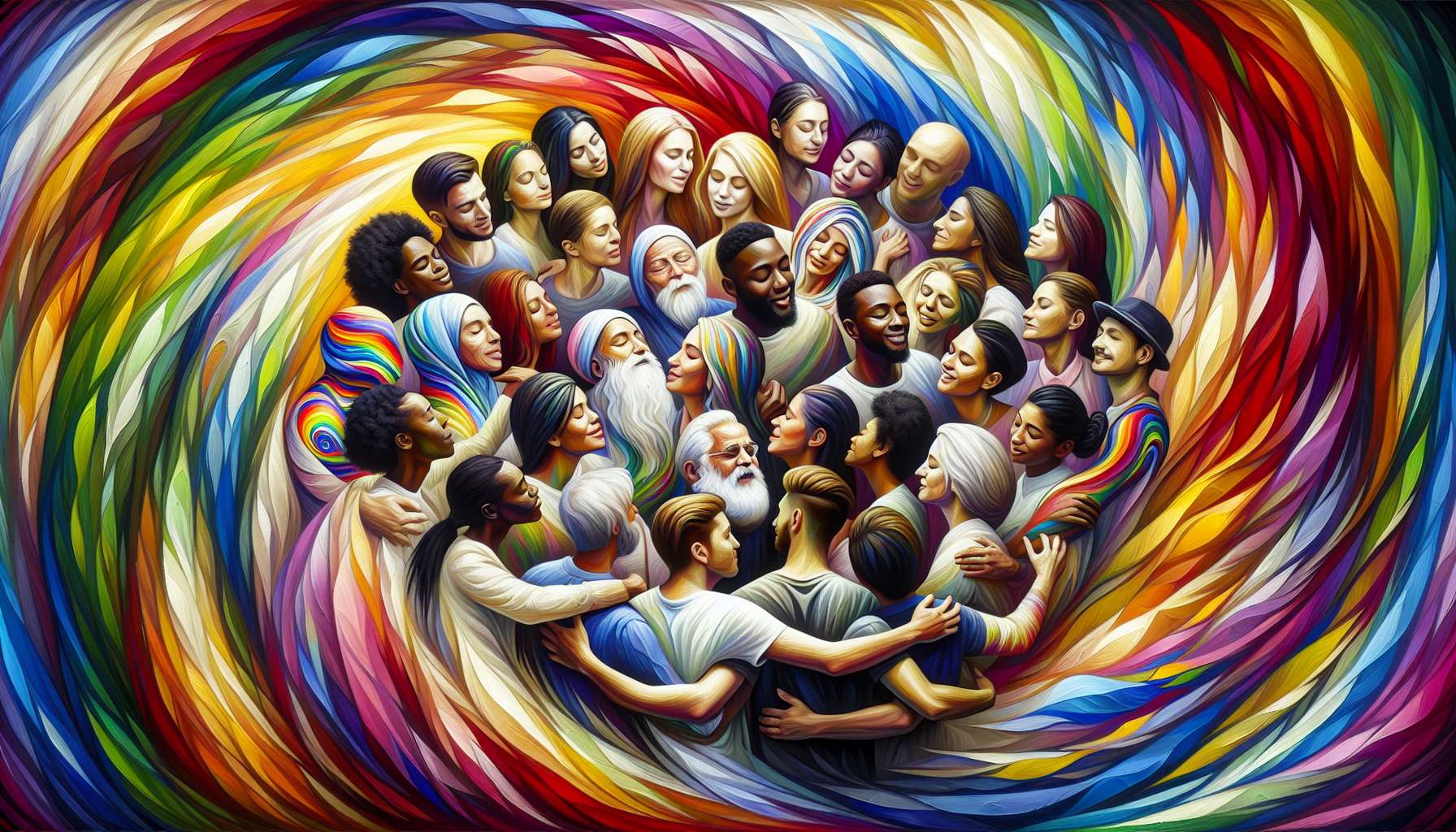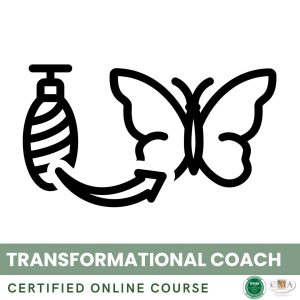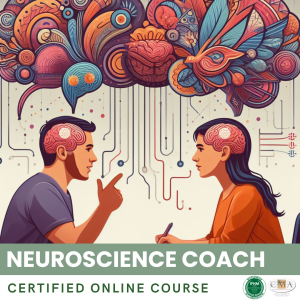Welcome to this first sub-module which will lay the foundation for your understanding of LGBTQ+ identities. We are going to define the main terms and concepts that you will encounter throughout this training.
Let’s start by decoding the acronym LGBTQ+. It stands for lesbian, gay, bisexual, transgender, queer people and the + encompasses all other non-heterosexual and non-cisgender identities. This is an umbrella term that reflects the diversity of sexual orientations and gender identities.
Sexual orientation refers to a person’s emotional, romantic and/or sexual attraction to other people. It can be directed towards people of the same gender (homosexuality), the opposite gender (heterosexuality), both genders (bisexuality) or regardless of gender (pansexuality).
Gender identity, on the other hand, refers to the gender with which a person identifies, which may align or differ from the sex assigned to them at birth. When gender identity matches the assigned sex, we speak of a cisgender person. When it is different, we speak of a transgender person. Some people do not recognize themselves in any gender or are in-between, these are referred to as non-binary people.
Gender expression is the way a person expresses their gender through their appearance, clothing, hairstyle, body language, voice, behaviors. It may or may not correspond to the social stereotypes associated with a given gender.
It is essential to understand that sexual orientation, gender identity, and gender expression are three distinct dimensions of identity. For example, a transgender woman can be heterosexual, lesbian, bisexual, or have any other sexual orientation.
Beyond these basic definitions, there is a whole vocabulary to describe the plurality of LGBTQ+ identities. You will discover terms like queer, pansexual, asexual, non-binary, agender, intersex etc. Each of these words is important because it allows people to name their experience and recognize themselves in an identity.
Remember that there is no right or wrong way to be LGBTQ+. Each journey is unique. Your role as a coach will be to welcome the diversity of these identities with respect and kindness, without judgment or presumption. You will need to master these basic concepts while keeping in mind that each person is unique and labels do not summarize an identity.
In the next sub-modules, we will explore in more detail the different identities of the LGBTQ+ spectrum. You will then be equipped to understand and best support your future clients in their identity journey.
Key points to remember:
– The acronym LGBTQ+ stands for lesbian, gay, bisexual, transgender, queer people and all other non-heterosexual and non-cisgender identities.
– Sexual orientation refers to a person’s emotional, romantic and/or sexual attraction to other people (homosexuality, heterosexuality, bisexuality, pansexuality).
– Gender identity refers to the gender with which a person identifies, which may correspond (cisgender) or differ (transgender) from the sex assigned at birth. Some people are non-binary.
– Gender expression is the way a person expresses their gender through their appearance and behaviors.
– Sexual orientation, gender identity, and gender expression are three distinct dimensions of identity.
– There is a wide range of LGBTQ+ identities (queer, pansexual, asexual, non-binary, agender, intersex etc). Each journey is unique.
– The coach’s role is to welcome this diversity with respect and kindness, without judgment or presumption, while considering the uniqueness of each individual beyond labels.
👉 To download docx (Editable) file click here : Click here
👉 To download PDF file click here : Click here
👉 To download MP3 file click here : Click here







